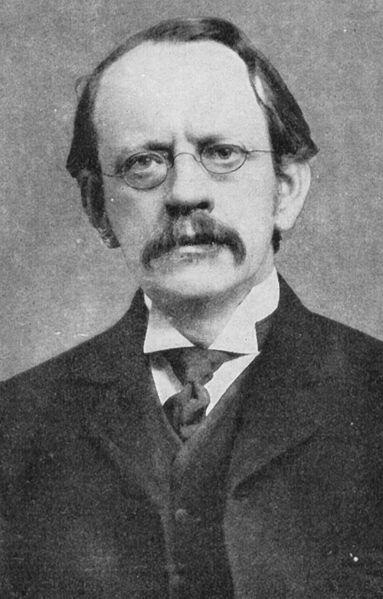Introduction
Structure of atom of Class 9
John Dalton in 1803 popularly known as “Dalton’s atomic theory”. According to Dalton, an atom may be defined as the simplest particle of a matter that takes part in chemical reactions. However, modern researches have conclusively proved that atom is no longer on indivisible particle, it has been broken into smaller fragments like electrons, proton and neutrons. Although atom is extremely small, it has a definite complicated structure.

The aim of this chapter will be to discuss how the sub-atomic particles (i.e., electrons, protons, neutrons) were discovered and how they are arranged within the atom, i.e., to study the ‘model of an atom’.NCERT solutions for class 9 Science prepared by pw will help you to solve your NCERT text book exercise.
- Introduction
- FUNDAMENTAL PARTICLES OF AN ATOM
- VALENCY AND VALANCE ELECTRONS
- ISOTOPES
- ISOELECTRIC
- DISCOVERY OF ATOM
- SUB-ATOMIC PARTICLES OF ATOM
- THE STRUCTURE OF AN ATOM (ATOMIC MODELS)
- ATOMIC STRUCTURE
- ORBITALS
- ATOMIC NUMBER (Z)
- MASS NUMBER (A)
- what is isobar
- what is isotones
- Solved questions
- Exercise 1
- Exercise 2
- Exercise 3
- Exercise 4
- Exercise 5
- Exercise 6 (True and False)









